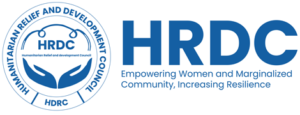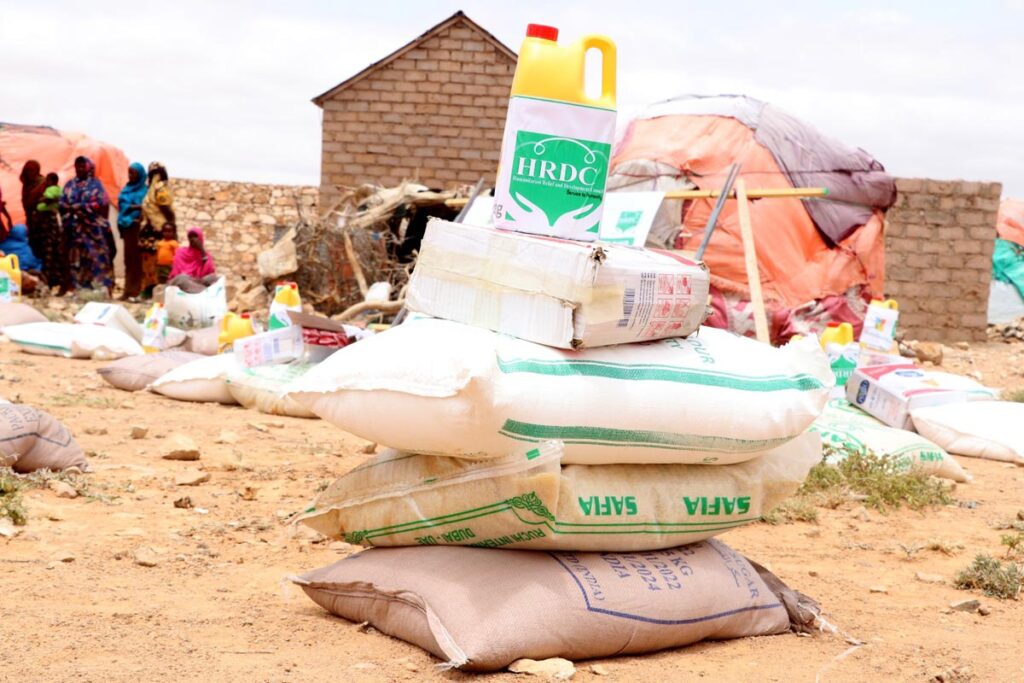HRDC provides safe living conditions for displaced populations:
- Distributing emergency shelter kits and temporary tents.
- Providing NFIs such as blankets, cooking utensils, and hygiene kits.
- Supporting community-based shelter rehabilitation projects for vulnerable households.
Example: HRDC delivered over 1,000 NFI kits to families affected by flooding in Garowe, ensuring safe and dignified living conditions.

